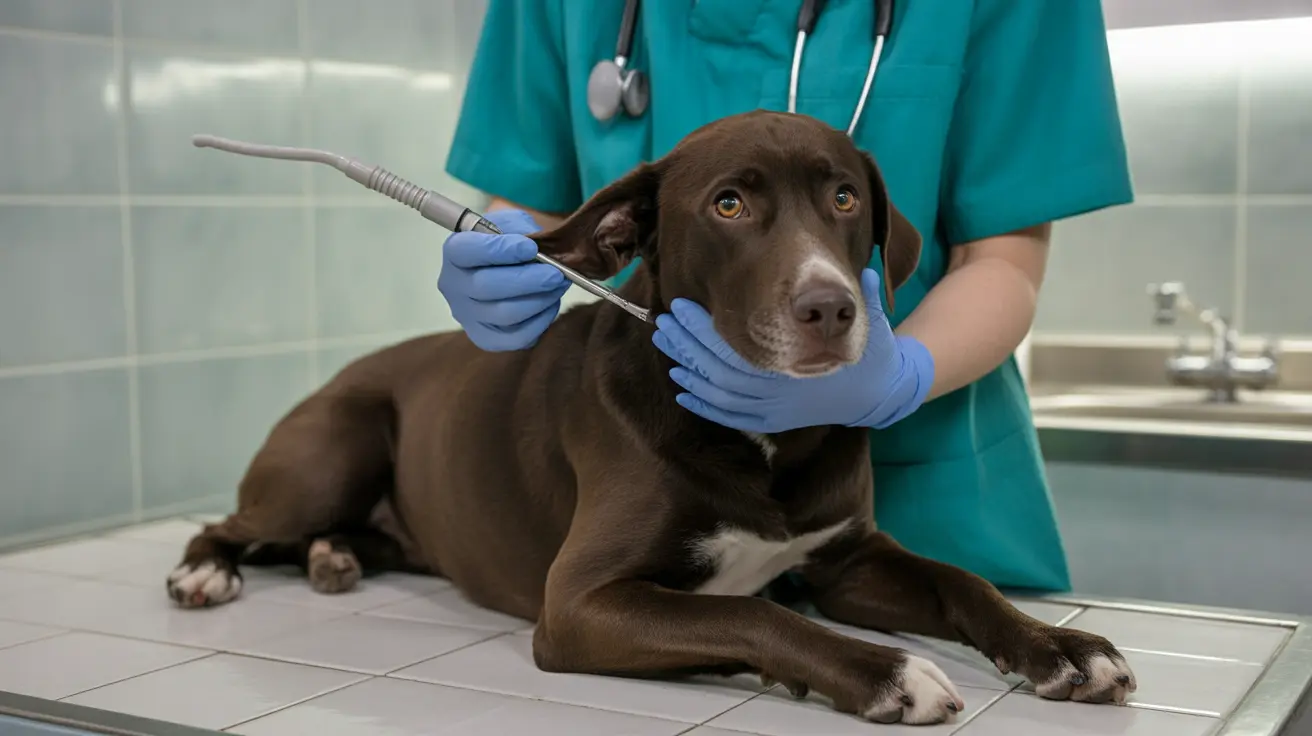What is Ileus in Cats?
Ileus in cats is a serious medical condition where the intestines lose their normal motility, resulting in a functional obstruction of the digestive system. Unlike mechanical blockages caused by foreign objects, ileus occurs when the intestinal muscles fail to contract and push contents through the digestive tract properly.
This condition can develop suddenly or gradually, often as a secondary complication to other health issues, medications, or post-surgical recovery. Understanding ileus is crucial for cat owners, as early recognition and treatment can significantly impact the outcome for affected felines.
Common Causes and Risk Factors
Several factors can contribute to the development of ileus in cats:
Medical Conditions
- Inflammatory bowel disease
- Pancreatitis
- Peritonitis
- Metabolic disorders
External Factors
- Recent surgery
- Certain medications (especially opioids)
- Stress from hospitalization
- Severe dehydration
Physical Conditions
- Abdominal trauma
- Neurological disorders
- Electrolyte imbalances
Recognizing the Signs
Cats suffering from ileus typically display several distinctive symptoms:
- Persistent vomiting
- Loss of appetite
- Lethargy and depression
- Abdominal discomfort or bloating
- Reduced or absent bowel movements
- Dehydration
Diagnosis Process
Veterinarians use multiple diagnostic tools to confirm ileus and identify its underlying cause:
Physical Examination
- Careful abdominal palpation
- Assessment of vital signs
- Evaluation of hydration status
Diagnostic Testing
- Abdominal X-rays
- Ultrasound imaging
- Blood work for electrolyte levels
- Additional tests based on suspected underlying causes
Treatment Approaches
Treatment for ileus in cats typically involves a multi-faceted approach:
Immediate Care
- Intravenous fluid therapy
- Electrolyte replacement
- Pain management
- Nutritional support
Medical Interventions
- Motility-enhancing medications
- Treatment of underlying conditions
- Careful monitoring of vital signs
- Supportive care measures
Prevention and Long-term Management
While not all cases of ileus can be prevented, certain measures can help reduce risk:
- Regular veterinary check-ups
- Proper post-surgical care
- Maintaining good hydration
- Monitoring medication side effects
- Stress reduction strategies
Frequently Asked Questions
What exactly is ileus in cats and how does it differ from a mechanical intestinal blockage?
Ileus is a functional obstruction where the intestines stop moving properly, unlike mechanical blockages caused by physical objects. It's characterized by reduced or absent intestinal motility due to nerve or muscle dysfunction rather than an actual blockage.
What are the most common causes and risk factors for ileus in cats?
The most common causes include recent surgery, medications (particularly opioids), inflammatory conditions, metabolic disorders, and stress. Cats who have undergone abdominal surgery or those with underlying health conditions are at higher risk.
What symptoms should I watch for that might indicate my cat has ileus?
Key symptoms include persistent vomiting, loss of appetite, lethargy, abdominal discomfort or bloating, and reduced or absent bowel movements. Any combination of these symptoms warrants immediate veterinary attention.
How do veterinarians diagnose ileus in cats, and what tests are typically needed?
Diagnosis typically involves physical examination, abdominal X-rays, ultrasound imaging, and blood work to check electrolyte levels and organ function. Additional tests may be needed based on suspected underlying causes.
What treatment options are available for cats with ileus, and what is the prognosis?
Treatment usually includes IV fluids, electrolyte replacement, motility-enhancing medications, and addressing the underlying cause. The prognosis is generally good with prompt treatment, though it depends on the underlying cause and how quickly treatment is initiated.
Conclusion
Ileus in cats is a serious condition that requires prompt veterinary attention. While it can be challenging to treat, understanding the signs and seeking immediate care can lead to better outcomes. With proper medical intervention and ongoing management, many cats can recover successfully from this condition.






